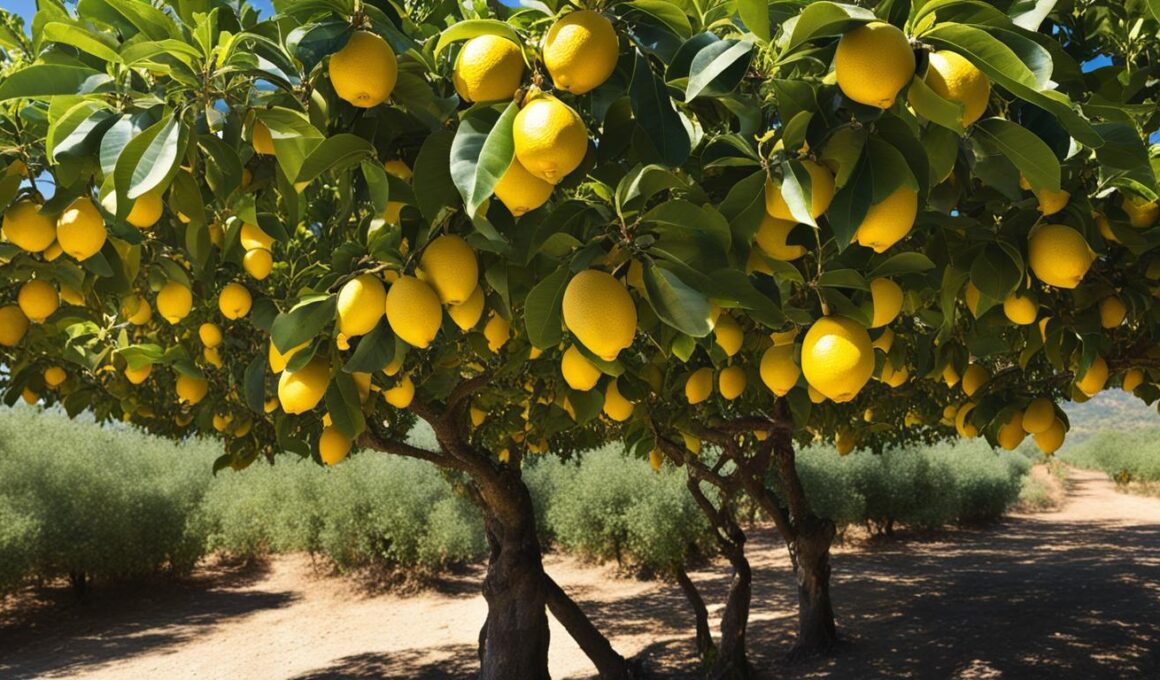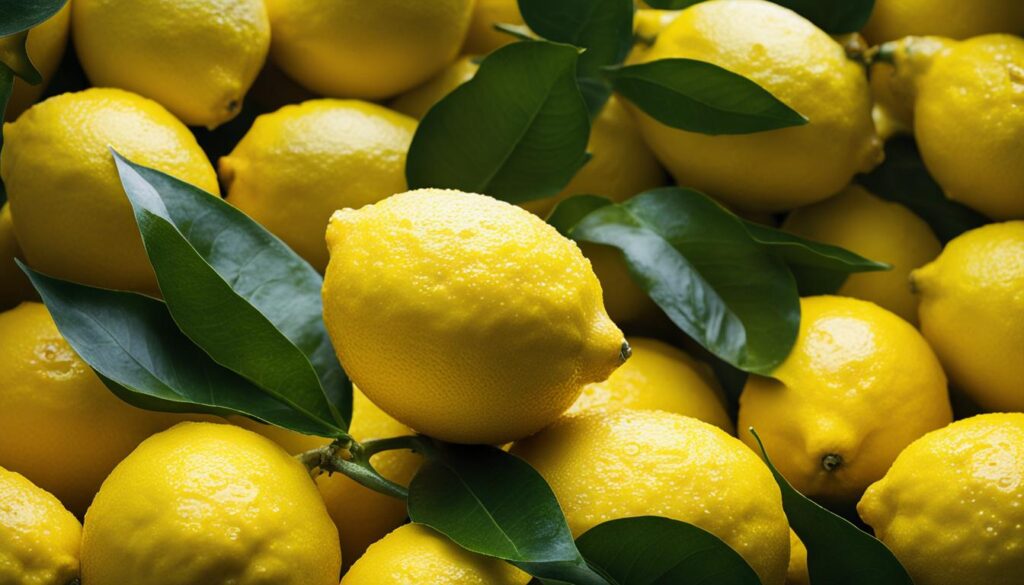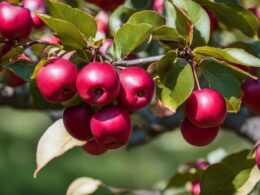Welcome to our informative guide on when lemons are in season! If you’re a fan of these zesty and versatile fruits, it’s important to know the perfect time for lemon harvesting and how to spot ripe lemons for your culinary needs. In this article, we’ll explore the ideal lemon harvest time, determining lemon ripeness, and the benefits and uses of lemons in your favorite recipes.
Before we dive into the details, let’s briefly touch on the seasonality of lemons. While varieties like Lisbon, Eureka, and Meyer are available year-round in warm or coastal climates such as California, Florida, and Texas, inland regions typically experience a lemon harvest in the fall and winter. This means that during these seasons, you can expect an abundance of ripe lemons for picking.
But how do you know when lemons are ready to be harvested? Keep reading to discover how to spot ripe lemons and learn more about their nutritional benefits and culinary uses.
How to Spot a Ripe Lemon
To determine if a lemon is ripe, look for lemons that are
yellow or yellowish-green
in color,
firm in appearance
, and have reached a size of
two to three inches
. Ripe lemons have a
glossy skin
and are not ready until the color fully develops. If the skin is
wrinkled, dull, or squishy
, it indicates that the lemon is overripe. It’s better to pick a lemon slightly early than to wait too long.
Some people may find it difficult to distinguish lemons from limes during the ripening process, but lemons have a distinct appearance and sour taste. To be sure if a lemon is ripe, cut one open and check for
lots of juice
and
firm flesh
Benefits and Uses of Lemons
Lemons are a wonderful addition to any diet due to their numerous health benefits and versatile culinary uses. When it comes to nutrition, lemons are low in calories, making them an ideal choice for those watching their weight. The juice of one lemon contains only 12 calories, while providing a refreshing burst of flavor.
But lemons are not just about taste, they are also packed with essential vitamins and minerals. They are rich in Vitamin C, delivering over 35% of your daily recommended intake. The Vitamin C found in lemons is known to support the immune system, promote healthy skin, and increase iron absorption in the body. In addition to Vitamin C, lemons also contain fiber, B-vitamins, magnesium, health-protecting flavonoids, and the antioxidant limonene, which has potential anti-cancer properties.
From a culinary perspective, lemons are incredibly versatile and can enhance a wide range of dishes. They add brightness and acidity to both sweet and savory recipes, making them a beloved ingredient in the kitchen. Whether you are sautéing or roasting vegetables, preparing salad dressings, marinades, or desserts, lemons are always a welcome addition. You can use lemons to make refreshing lemonade, zest to flavor cream cheese or cookies, or even incorporate them into main courses and cocktails.
When purchasing lemons, look for ones that are bright yellow, firm, and plump. These qualities indicate that the lemons are fresh and juicy. To maximize their shelf life, store lemons at room temperature for up to a week or in the refrigerator drawer for two to three weeks. Add lemons to your shopping list and start exploring the countless possibilities they offer in both nutrition and culinary delight!
How Does the Blooming of Flowers on a Lemon Tree Affect the Seasonality of Lemons?
The flowers on lemon tree blooming mark the start of lemon seasonality. As the flowers bloom and are pollinated, they turn into lemons. The blooming period signals the beginning of lemon growth, leading to an eventual harvest once the lemons reach maturity.









